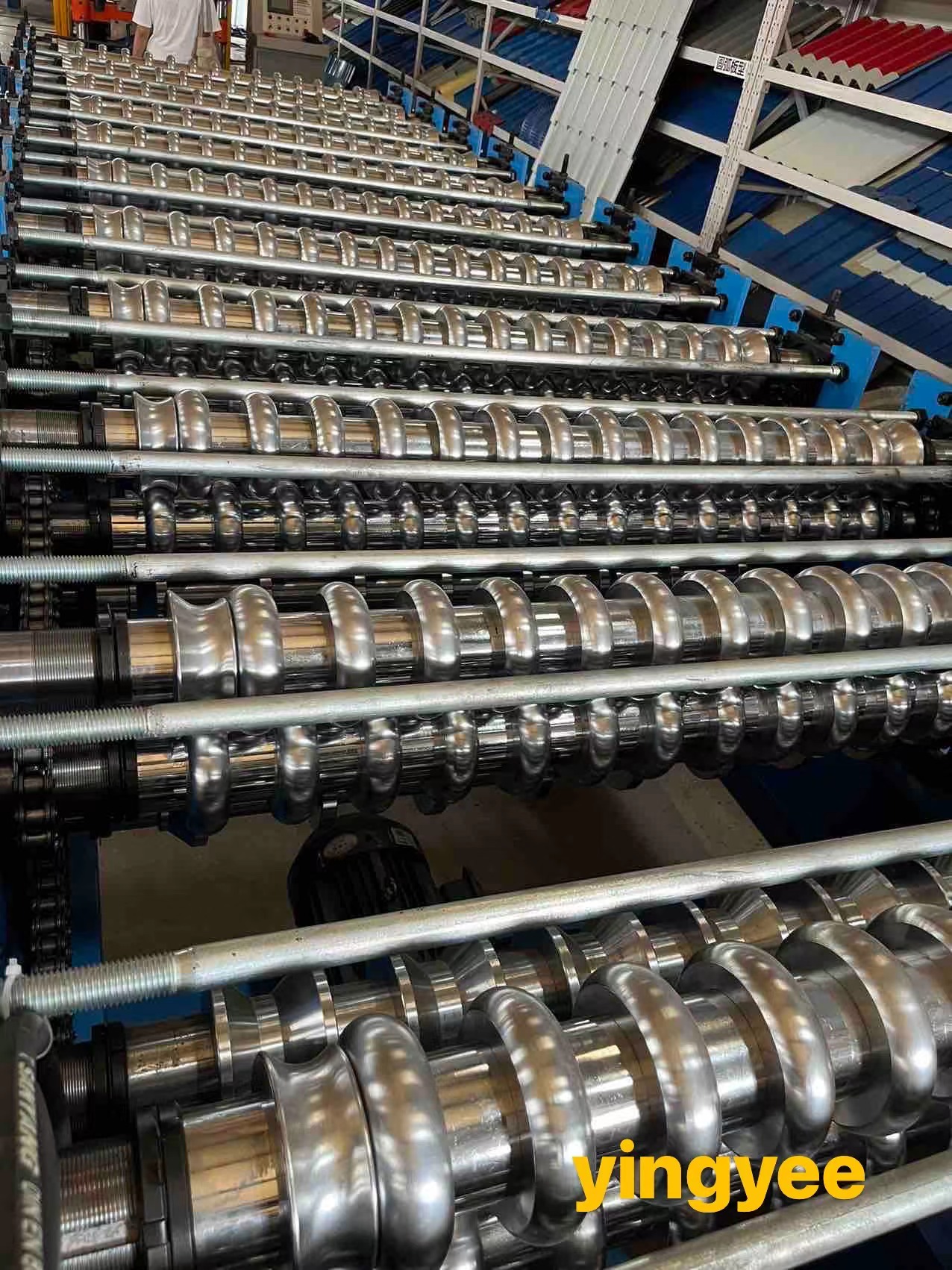
The Importance of Metal Ceiling Stud and Track Systems in Modern Construction
In the realm of modern construction, particularly in commercial and residential buildings, the efficiency and quality of interior frameworks play a pivotal role. Among the myriad components that contribute to creating durable and aesthetically pleasing interiors, metal ceiling studs and track systems stand out for their strength, versatility, and ease of installation. This article delves into the significance of metal ceiling components, including C-channel and main channel structures, as well as wall angles, particularly emphasizing their integration with drywall systems.
Metal ceiling stud and track systems are crucial for supporting various types of ceiling functionalities, including acoustic panels, lighting fixtures, and various ceiling heights. Unlike traditional wooden structures, metal components offer a multitude of advantages, such as resistance to warping, shrinking, and pests. These materials are particularly valuable in environments requiring high levels of cleanliness and hygiene, such as hospitals and laboratories, where wood can harbor bacteria and other contaminants.
C-Channel and Main Channel Systems
The C-channel and main channel components are essential parts of metal framing systems. The C-channel, shaped like the letter 'C', provides support along the edges of the ceiling or wall, allowing for an efficient framework to which drywall can be attached. This channel is often used as a perimeter frame for installing ceiling grids, allowing quick transitions and adjustments during construction.
The main channel, on the other hand, acts as the backbone of the ceiling system. It is responsible for transferring loads, not just vertically but also laterally, to ensure that the structure remains stable. The use of both C-channels and main channels in a framing system creates a robust skeletal structure that enhances the durability and longevity of ceilings in various types of buildings.
Wall Angle Systems
Wall angles serve as an essential interface between the wall and the ceiling. They facilitate a seamless transition and offer aesthetic benefits by allowing for clean lines that are visually appealing. Wall angles are typically attached to the upper walls before the ceiling grid installation, forming a perfect frame for subsequent drywall applications. The installation of wall angles is usually straightforward, making the installation process both time-efficient and cost-effective.

The incorporation of wall angles into metal framing systems not only enhances aesthetics but also provides functional benefits. They help accommodate any potential movement in the building, ensuring that ceilings remain intact and free from cracks, which can be a significant issue in traditionally framed structures.
Roll Forming Machine in Production
The production of these critical components involves advanced technologies, such as roll forming machines. These machines enable the precise fabrication of metal channels and studs from steel coils, ensuring uniformity and high-quality outputs. The roll forming process is highly efficient, allowing for the rapid production of metal framing members with minimal waste. This is particularly important in the current economic climate, where sustainability and resource management are at the forefront of construction best practices.
Roll forming machines can also be adjusted to create custom designs tailored to specific project requirements, enhancing the versatility of metal stud systems further. This adaptability is invaluable in accommodating various architectural styles and construction methods.
Conclusion
In summary, metal ceiling stud and track systems, including C-channels, main channels, and wall angles, form the backbone of contemporary construction. Their durability, resistance to environmental factors, and design flexibility make them a preferred choice for architects and builders alike. The use of roll forming machines in their production ensures efficiency and high quality, making these systems not just a practical choice but also an economic one.
As the construction industry continues to evolve, the role of metal framing systems will undoubtedly grow, reinforcing the necessity of innovation and quality in delivering robust and aesthetically pleasing structures. With their myriad benefits, metal ceiling components are poised to remain an essential element in the architecture of the future.